#medieval collectibles
Text
Getting Started: A Beginner's Guide to D&D | Medieval Collectibles

Dungeons & Dragons is a popular roleplaying game all over the nation. Let’s look at things you need to know when getting started with a beginner’s guide to D&D.
What Is Dungeons & Dragons?
Dungeons & Dragons is a fantasy tabletop role-playing game originally designed by Gary Gygax and Dave Arneson. It was first published in 1974 by Tactical Studies Rules, Inc. It was since published by Wizards of the Coast in 1997. Originally derived from miniature wargames, a variation of the 1971 game Chainmail served as the initial rule system. However, D&D departs from traditional wargaming by allowing each player to create their own character to play instead of a military formation.
The goal is for the characters to embark on imaginary adventures in a fantasy realm. They form a party and interact with the realm’s inhabitants and each other. They resolve issues, engage in battles, explore the world, and gather treasure and knowledge from everything and everyone around them. Through this process, the characters earn experience points (XP) to level up. They continue to gain powers and strength over several gaming sessions.
How to Play
D&D is normally played indoors with the participants seated around a tabletop. However, nowadays many people also use online resources like Discord, Roll20, and D&D Beyond to play together across great distances.
One player takes on the role of Dungeon Master (DM). The others each control a single character, representing an individual in a fictional setting. This group of individuals, when working together, is described as a “party” of adventurers. Each character often has their own area of specialty which contributes to the success of the whole group. Throughout the game, each player directs the actions of their character. They choose how to interact with other characters in the game. This is performed through verbal impersonation of the characters by the players, also known as role-playing. Many players also use miniature figures on a grid map as a visual aid, particularly for combat.
Keep reading the full article below or click here to read it on our website.
What Do You Need to Play?
If playing D&D in the general tabletop setting, players will need the following:
A character sheet – To keep track of their stats, weapons, abilities, and their character background information.
A rule book – Players can check out the Dungeons and Dragons: 5th Edition Rule Book. The official Dungeons and Dragons website also provides a free PDF version of the Basic Rules. It’s their version of a beginner’s guide to D&D.
One set of polyhedral dice – A set of these dice typically comes with 7 different dice. These include d4, d6, d8, d10, d12, d20, and d100. The “d” refers to the die itself, while the number refers to the number of sides on the die. This excludes the d100 as it has 10 sides. It is generally used as a percentile die by the DM rather than the players. Different polyhedral dice coincide with different actions. A d20 is used to see whether a hit was made in combat. However, a d8 is used to determine how much damage was dealt.
A pen or pencil – To keep track of their character’s information, and any important notes from the storyline.
Equipment for playing will be a little bit different if using online resources for gameplay. Sites like Roll20 and D&D Beyond allow players to have virtual character sheets, so there’s no reason to use pen and paper. If playing online, some DMs would rather their players use virtual dice as well to maintain honest gameplay. However, others may be lenient and allow players to roll their own physical dice. It’s still a good idea to have a copy of the rules on hand, whether physical or virtual.
Joining a Campaign or a One-Shot
Some D&D groups prefer short one-shots, while others prefer much longer campaigns. Most groups play a combination of both. A one-shot is a single-run adventure. These sessions are usually unconnected from a storyline or game world and can be finished in only a few hours. There is no connected plot, and the players can play different characters in each session. A campaign is a series of adventures that take place over multiple sessions. The player’s characters often remain as elements of the continuing story arc unless they meet an unfortunate demise. The DM can either use one of the many pre-made adventures that have been published throughout the history of D&D, or they can design their own original adventure. These are typically referred to as homebrew.
Should I Be a DM or a PC?
The Dungeon Master (DM) is the storyteller and host of the campaign or one-shot. They act as every NPC or BBEG that the party will encounter on their adventure. NPC stands for non-player character. BBEG stands for Big Bad Evil Guy. Their job is to set the scene for the party. They describe what other players perceive in this imaginary world, and how their actions affect the world around them. Typically, the Dungeon Master is someone who has a bit more experience playing D&D than the rest of the players, but don’t let that discourage you from giving it a try.
Player Characters (PCs) are the members who make up the party. Their job is to explore the imaginary world, traverse dungeons and forests, and unravel the stories around them. They make the decisions that will drive the story along, whether it be good or bad. Anyone can be a player character, no matter if they are new to the game or well-versed.

Character Creation
Players record the details of their character on a Character Sheet. A player will determine their character’s ability scores by rolling a d20 for each ability. Afterward players decide on a race for their character and their character’s class or occupation. They choose an alignment of morality and many other features to round out a character’s abilities and background. Some races give characters different advantages, like dark-vision, hereditary spells, or speaking other languages. Classes add to what characters can do on all fronts; stat improvements, proficiency in weapons or languages, or whether a character is able to use spells. For example, a cleric is well-versed in magic that comes from an in-game deity. A monk is more proficient in unarmed combat and can harness ki’s mystic energy. These two characters would have very different abilities.
The difficult part of character creation is usually coming up with a detailed background. Creating a background for a character allows the other party members to get to know the character better. It also helps the DM to weave a character’s story into the narrative more thoroughly. Most players will go into an adventurer without knowing a lot of the backstory if any at all. Depending on what kind of character the player created, the background could cause a character to act a certain way. This could be around friendly NPCs or foes, which in turn affects the rest of the party. For tips on creating your first D&D backstory, check out Crispy’s Tavern’s guide on Youtube, 6 Tips for Your First D&D Backstory – Tabletop Tavern Tips.
Abilities and Proficiencies
A character’s abilities include strength, dexterity, constitution, intelligence, wisdom, and charisma. The stats for these abilities are initially rolled during character creation. Each ability score will determine an ability modifier that characters can apply when rolling an ability check. Let’s say a player rolls a d20 for an ability score. If they were to get a 14 or 15, their ability modifier would be +2. Proficiency bonuses are also determined by character creation. However, these depend on race or class and are only applied when rolling for specific skill checks.
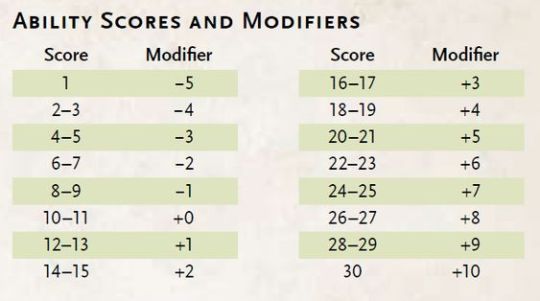
Role-Playing My Character
Once the characters are made and the first session is decided, it’s time to prepare to become the character. Depending on the background and character, different players will roleplay in different ways. A Lawful Good Wizard and a Chaotic Evil Paladin would not act the same. And if one was an elf and one was a paladin, they would have different accents. But getting into character can be hard for a first-time player. Keeping the same accent for an entire campaign can be difficult. Some people recommend recording the character’s “voice” to listen to before the session to get into character. For other tips on role-playing in D&D, check out Crispy’s Taverns guide on Youtube, How to Start Roleplaying in D&D (Making RP Easier) – Tabletop Tavern Tips.
Actions and Combat In-Game
Depending on what actions a character takes, they will have to make a roll to see how their action prevails. Certain actions a character chooses to do are automatically successful. This could be picking ale up at the tavern or opening an unlocked door. Other actions, liking attacking an opponent or picking a lock, must be discussed with the DM. The player will then roll a dice to see if it is successful or not. This is where ability modifiers and proficiencies come into play. Before combat the DM will ask the player to roll initiative, which is a d20 plus your dexterity modifier. Initiative is how players decide what order the characters will go in during combat.
Let’s say during combat, an opponent has an Armour Class (AC) of 17. The player rolls a 15 on a Strength attack. They will have to add their ability modifier to their roll to successfully hit the opponent. After a successful hit, the player will roll for damage. The dice they roll for damage depends on the weapon they use to attack. For example, a quarterstaff causes a d6 of bludgeoning damage.
In this article, we looked at the things you need to know when getting started with a beginner’s guide to D&D. We explored how to play, the tools needed for play, character creation, and other important topics when deciding to join a session of Dungeons & Dragons.
#guide to dnd#dnd5e#dnd#d&d#dungeons and dragons#intro to dnd#dnd guide#what is dnd#how to play dnd#how to play dungeons and dragons#beginner's guide to dnd#dnd stuff#dnd class#medieval collectibles#blog#article
74 notes
·
View notes
Text
Tumblr i don't want to listen to podcasts. The voices are reading me these posts in at least 3 different tones please make it stop
0 notes
Text


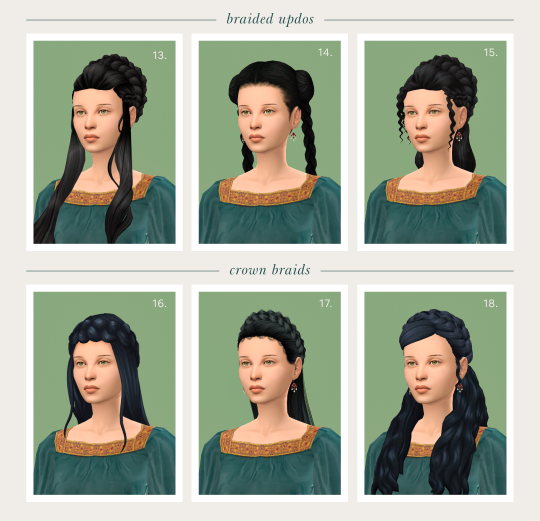
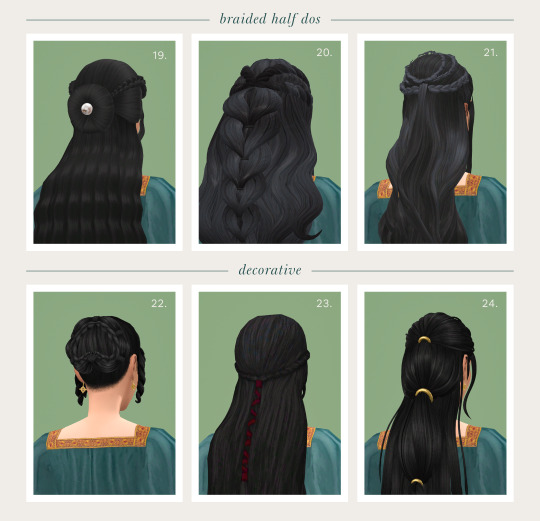
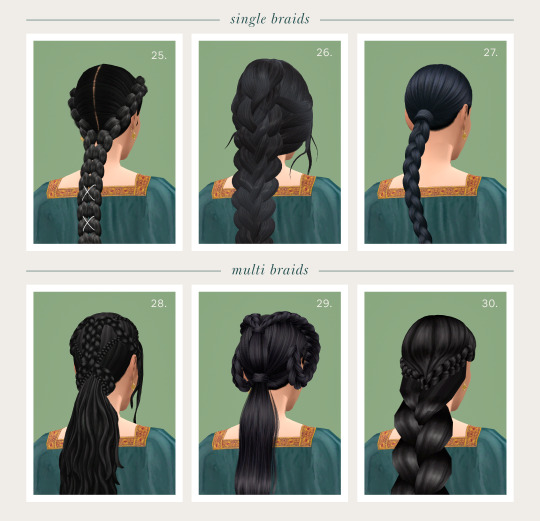
Following on from the simple modesty of the 1300s, female hair in the 1400s became a lot more elaborate thanks to the addition of hair pieces, ribbon and other decorations. Braided styles evolved into very detailed and decorative concoctions. Styles also became more flowy and romantic, often with curls framing the face. CC links under the cut.
You can find more of my historical content here: 1300s ✺ 1400s ✺ 1500s ✺ 1600s
1 - Larsa by Daylife Sims
2 - Beatrice by Simstrouble
3 - Shiro by Sim Lotus
4 - Camellia by Clumsy Alien
5 - Daenerys by Puderosims
6 - Hoppie by Simstrouble
7 - Emma by Buzzard's Bits and Bobs
8 - Ye Medieval Dragon Queen by Nilyn (TSR)
9 - Leonarda by Melancholy Maiden
10 - Cecilia by Buzzard's Bits and Bobs
11 - Braid Snood by Melancholy Maiden
12 - Ye Medieval Braided Updo by Daisy Sims (TSR)
13 - Masquerade by Tekri
14 - Pai Chan Braids by FYSims
15 - Hekate by Naunakht
16 - Zelda by Simandy
17 - Ye Medieval Margot by Shimydim (TSR)
18 - Sophia by G
19 - Serea Hair V1 by Redhead Sims
20 - Mari by Wasteland Whisperer
21 - Daenerys by Birksches
22 - Lucia by Melancholy Maiden
23 - TSM Hair for TS4 by S3 Sage
24 - Aspen by Oydis
25 - Braid Dream by Redhead Sims
26 - Double Braid by Wasteland Whisperer
27 - Pearls Set by Daylife Sims
28 - Mhysa by Quirky Introvert
29 - Ye Medieval Nezetta by Leah Lillith (TSR)
30 - Rapunzel by Tekri
With thanks to some amazing creators: @daylifesims @simstrouble @simlotus @clumsyalienn @puderosasims @buzzardly28 @tekri @simandy @redheadsims-cc @wastelandwhisperer @oydis @qicc
#ts4#ts4 cc cas#the sims 4#ts4 decades challenge#sims 4 decades challenge#ts4 cc hair#ts4 historical#ts4 history challenge#sims 4 history challenge#sims 4 historical#sims 4 medieval#ts4 medieval#sims medieval#1400s#medieval#historical cc#renaissance#15th century#ultimate decades challenge#hair collection
2K notes
·
View notes
Text
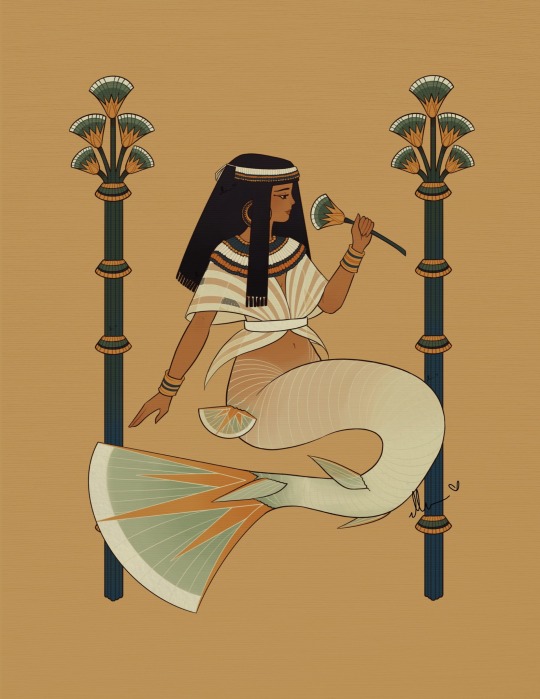


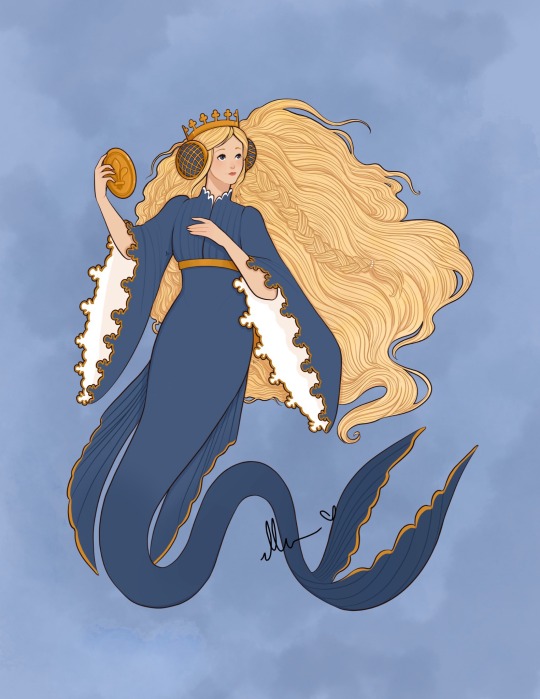

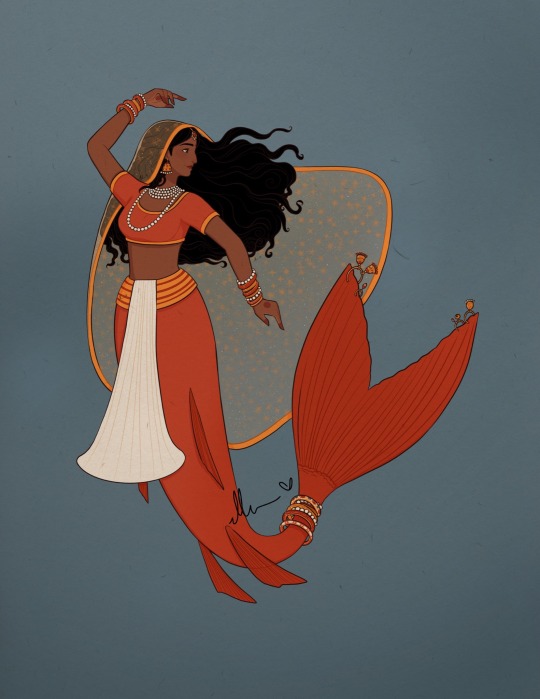


All the Historical Mermay’s together!
I had a lot of fun with this mermay prompt list by chloe.z.arts and they turned into a pretty cool collection of illustrations!
Prompt list by chloe.z.arts on instagram.
I am the artist! Do not post without permission & credit! Thank you! Come visit me over on: instagram.com/ellenartistic or tiktok: @ellenartistic
#historical mermay#mermay 2023#collection of mermaids#lnart#ellenart#historically inspired#historical fashion#it’s gonna be mermay#ancient egypt#ancient greece#tang dynasty#french medieval#italian renaissance#mughal empire#edo period#late victorian era
2K notes
·
View notes
Text

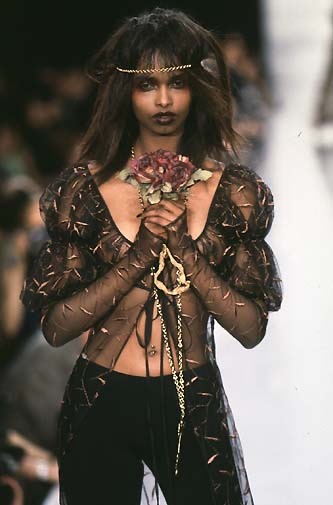


betsey johnson fall 1997
#firstview photo collections have stolen my heart….so many good shows i couldn’t find anywhere hehe#mine#fashion#betsey johnson#textiles#accessories#medieval#90s fashion
652 notes
·
View notes
Text

640-year-old fly, anyone?
We're not sure how long this fly has been in this 14th-century notary's notebook, but it was a favorite among the students who spotted it in class a few weeks ago.
La Turade, Bernard de. [Notarial Registry]. 1383-1393. VAULT DC95.A2 N6 1383
#manuscript monday#medieval manuscript#bookhistory#fly#mizzou#special collections#libraries#university of missouri#rare books#history#books#things found in books
387 notes
·
View notes
Text

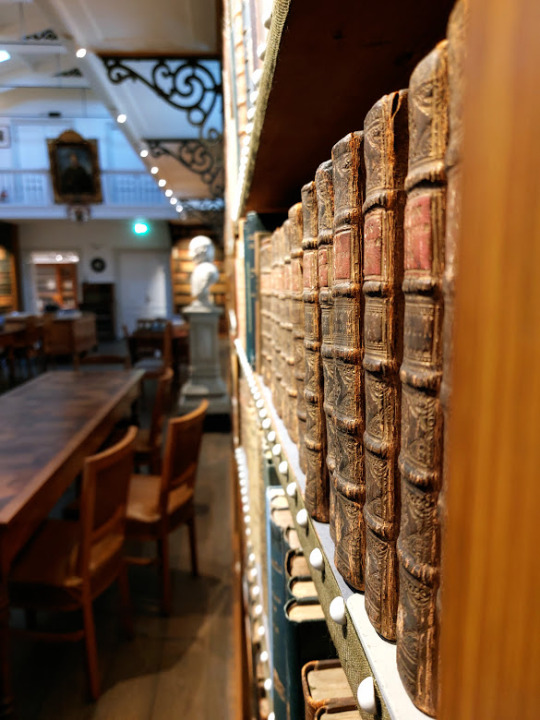
Artis Library, Amsterdam, the Netherlands (19th century library)
#book studies#dark academia#library#artis library#artis bibliotheek#artis zoo#amsterdam#19th century library#the netherlands#academic library#special collections#darwin#medieval manuscript#maria sybilla merian#john gould#art history#light academia#dark academia aesthetic#mine
3K notes
·
View notes
Text
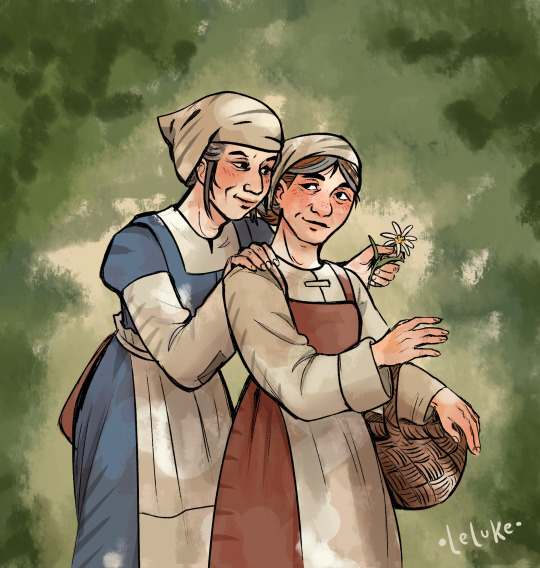
hi I recently played pentiment and I`ve been going crazy about it and especially about these very close friends who just happen to randomly spend more time in the woods together than at home with their husbands
#anyways this game is crazy good and everyone should play it#pentiment#veronica baueryn#brigita baueryn#late medieval peasant yuri lets go!!!!#the fact that the town just collectively agrees to 'not talk about brigita and veronica'#the fact that this is still going on 25 years after the start of the game......incredible#also decided to try to keep it a bit close to the games art style and it was very fun!#I need to learn how to draw tonsures cause im also dying to draw the monks#brother rüdeger and brother mathieu.....mein gott#also brother florian is my babygirl and my best and my best friend
533 notes
·
View notes
Text

Medieval pic it’s based on + info? + close up, under cut

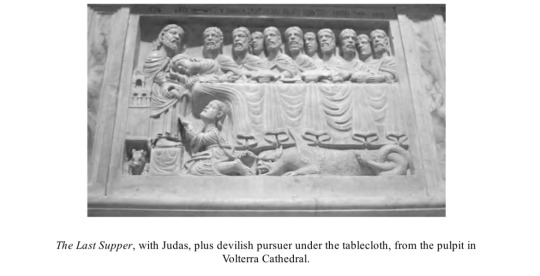
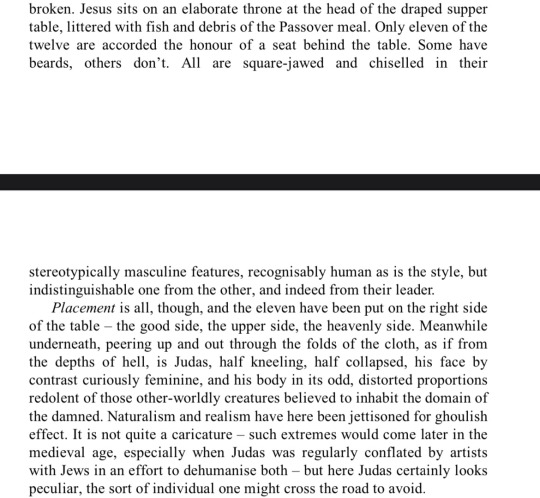

I like the androgynous bit, he’s so real for that.
#judas x jesus#jesus x judas#bible fandom#judas iscariot#sketch#I'm collecting weird homoerotic medieval pics of the last supper like pokemon cards#It's so funny to me#Judas why are you on the floor? get up omg what are you doing there? Why is Jesus feeding you from there? Jesus why?#pick him up
122 notes
·
View notes
Text

Lady Clare, Elizabeth Siddal, ca. 1854-57
#art#art history#Elizabeth Siddal#female artists#medievalism#Pre-Raphaelite#pre-raphaelisme#British art#English art#19th century art#Victorian period#Victorian art#watercolor#private collection
95 notes
·
View notes
Text
Look, we're not saying that you need this sword. But..... just hear us out.
This is the Caledfwlch Sword from Windlass.

No, because we're obsessed, too. Here's just a little bit more information on it and a much better look at it in all its glory.
youtube
Check it out here!
#windlass#windlass swords#medieval collectibles#larp#medieval#swords#swords and armor#arms and armor#knights#medieval sword#Youtube
82 notes
·
View notes
Text
Tumblr i don't want to listen to podcasts. The voices are reading me these posts in at least 3 different tones please make it stop
0 notes
Text

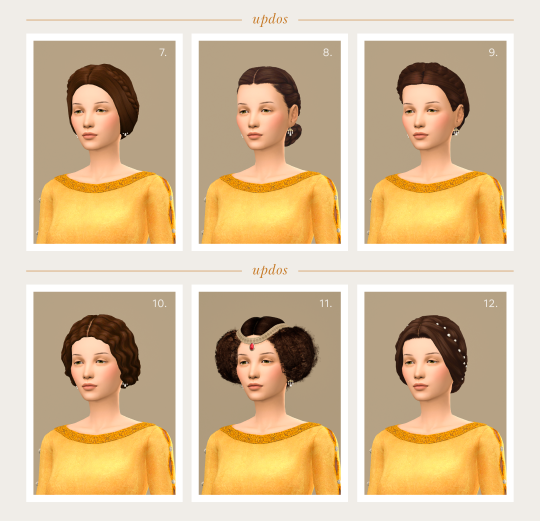


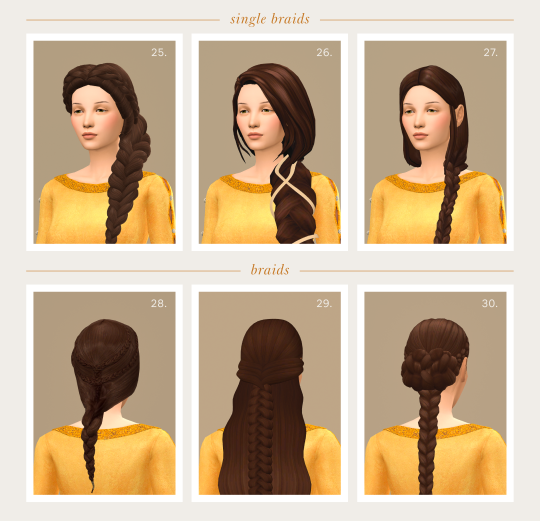
I've been really enjoying the @kosmichippie Ultimate Decades Legacy video series over on YouTube. While the traditional decades challenge begins in the 1890s, the ultimate version has you travelling all the way back to 1300 to start. This has inspired me to create a series of CC collections and lookbooks, starting with century by century, then whittling down to era/decade as fashion cycles start turning over more quickly.
First up is the 1300s. I didn't think I'd be able to find many female hairstyles for this century, but I was pleasantly proven wrong. During this period unmarried women wore their hair freely, where as wives and widows were expected to wear their hair either up or cut and covered at all times. Part two will include veils and other headwear, so enjoy these more liberated styles for now. CC links under the cut.
You can find more of my historical content here: 1300s ✺ 1400s ✺ 1500s ✺ 1600s
1 - Maria by Simstrouble
2 - Gratiana by Quirky Introvert
3 - Cotton Candy by Tekri
4 - Medieval Long Hair with Buns by Alin22
5 - Noah by Dogsil
6 - Merielle by by Sylviemy (TSR)
7 - 1850s Hair 3 by Buzzard's Bits and Bobs
8 - Lieke by Birksche
9 - Braided Hair Wreath by Birksches
10 - Peggy by Buzzard's Bits and Bobs
11 - Brianna by DarkNighTt (TSR)
12 - Penelope by Buzzard's Bits and Bobs
13 - Padme Picnic by Buzzard's Bits and Bobs
14 - TSM Queen's Buns by Simverses
15 - Medieval Side Buns by Alin22
16 - Marguerite by Sehabla Simlish (TSR)
17 - Antoinetta by Melancholy Maiden
18 - Victoria by Feral Poodles
19 - Matilda Braids by Sychik
20 - Agnes by Sychik
21 - Meike by Birksches
22 - Penny by Tekri
23 - Zinnia by Bed & Musae
24 - Audrey by Wasteland Whisperer
25 - Esmerelda by Wasteland Whisperer
26 - Helen by Oydis
27 - Rowen V3 by Tekri
28 - TSM Double Braid by Simverses
29 - Sail by Enrique S4
30 - Padme's Mustafa Hair by Buzzard's Bits and Bobs
With thanks to some amazing creators: @simstrouble @qicc @tekri @dogsill @buzzardly28 @simverses @feralpoodles @sychik @wastelandwhisperer @oydis
#hair collection#ts4#ts4 cc cas#the sims 4#the sims#ts4 decades challenge#sims 4 decades challenge#ts4 cc#ts4 cc hair#ts4 historical#ts4 history challenge#sims 4 history challenge#sims 4 historical#ts4 medieval#sims medieval#1300s#medieval#historical cc#ultimate decades challenge#14th century
822 notes
·
View notes
Text

The Unicorn in Captivity, but make it ✨90’s✨
#unicorn in captivity#illustration#artists on tumblr#quailtea#medieval#90s nostalgia#this is a design for sticker collecting books specifically >:3
396 notes
·
View notes
Text
oh my god bernard gets batman and dick to help save tim in the last issue and everyone in the family takes that to mean that bear knows about their night jobs. except tim still thinks bear doesn't know. that bear being there was just a coincidence. he just tagged along to save him cause bear is such a standup guy! cue tim doing everything to hide his identity and the family looking at him like he's lost his mind because obviously bernard know tim?? he literally patches you up every night???? why would he not know??????
#bear walking into the dining room: oof that's a nasty cut dick. how'd you get it?#dick: oh well saving the city just does that to you 😉#tim seething internally cause dick is making his job ten times harder: ha ha ha! what a funny thing to say ☺️☺️☺️ such a comedian my brother#dick staring at him like he's grown 2 heads: what.#cass starts pulling off her mask in front of bear#cue tim tackling her into the gotham river#cass sopping wet signing irritatedly: what the hell was that?!#tim whispering; how could you be so careless? u almost told bear your identity!#cass softly: what. the. fuck.#damian casually showing bear his sword collection#tim barging into dami's room out of breath: he's really into medieval history! that's why he likes sword!! no other reason#dami later to bear: we must end this delusion of his#bear: yeah probably. but it's funny watching him come up with so many excuses#bear: yesterday he tried to convince me that the knife wound in his side was really stigmata and that he was a devout catholic#bear: i wanna see what else he's gonna say#dc#bernard dowd#tim drake#timber#timbern
116 notes
·
View notes
Text
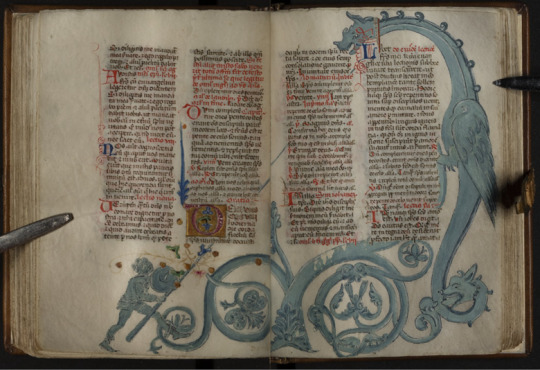
#ManuscriptMonday this week comes from the book we have been referring to as the Blue Dragon Breviary. The manuscript was created in the middle of the fifteenth century in Italy, but the marginal decoration shown above was added much later. Find out more and page through the rest of the manuscript in our Digital Library.
Breviary for Roman use (Blue Dragon Breviary).
#medieval manuscripts#illuminated manuscript#manuscripts#manuscript monday#dragon#art#medieval art#bookhistory#calligraphy#rare books#mizzou#special collections#libraries#university of missouri#history#illustration#fb#private collection#kelli h
307 notes
·
View notes